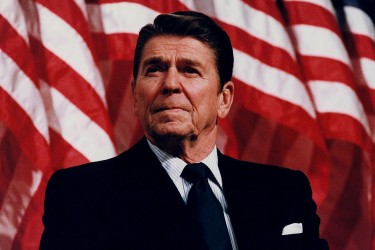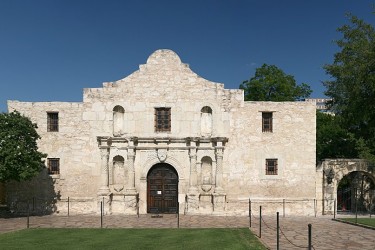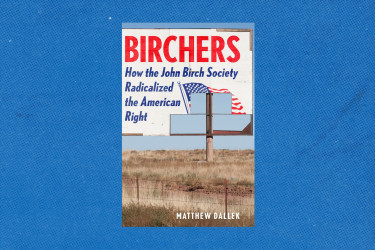The Era of the CIO
THE ERA WHEN INDUSTRIAL WORKERS became powerful in the US lasted about two decades, from 1935 to 1955—or from the Great Depression to the Korean War. In 1935, a group of national unions formed the Committee for Industrial Organization within the existing hierarchy of the American Federation of Labor (AFL) to embrace the controversial idea of “industrial unionism”—representing all workers regardless of occupation, race, gender, contractor or employee, at all the companies within certain industrial boundaries. In 1937, the AFL expelled these unions, which renamed themselves the Congress of Industrial Organizations. For the next eighteen years, through World War II and the onset of the cold war, the CIO fought for industrial unionism as an alternative labor movement.
In the process, the number of workers who were members of labor unions exploded nearly sixfold, from 2.8 million in 1933 to 16.4 million in 1953. What organized and propelled this historic phenomenon of membership growth was competition within organized labor instigated by the CIO’s success. While its initial victories in auto, rubber, and steel signaled the starting gun, with the CIO organizing some two million new workers and doubling its size by the peak of World War II, the federation never represented more than half of union members. Rather, it was in response to the CIO’s challenge that the AFL finally undertook the kind of organizing its leaders had resisted throughout the 1920s and early 1930s, absorbing nearly four million members in the same period.
That challenge is the subject of the new Fragile Juggernaut series. Through its open espousal of class conflict, its research and communications about the most powerful owners and managers of the American economic oligarchy, and its power to force these executives and stockholders to the bargaining table, the CIO established the foundations for the modern labor movement. The organizing successes industrial unions won where established unions had failed before created the very features of organized labor we now take for granted, for better and for worse: the Labor Board representation election, the card-check agreement, the dues-checkoff, the grievance procedure, the Political Action Committee (PAC), health and retirement benefits, cost-of-living adjustments, and more. This creation, traversing periods often distinguished in American history—the Great Depression, the New Deal, World War II, the onset of the cold war, and the Korean War—can and should be recognized by the common element of an independent alternative within the labor movement. This fact touched all facets of American life. The structure of the economy changed, along with the pattern of American politics; but so did the presence of working-class people and their power in culture and society more generally, on the radio and in the movies, and in the routines of everyday life. It was the age of the CIO.



















